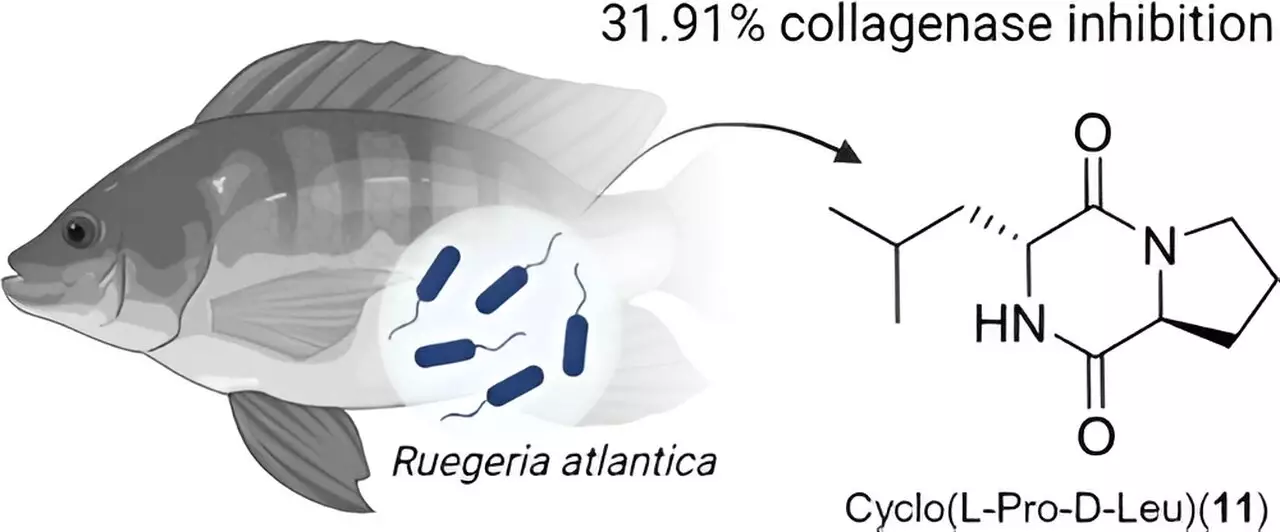The realm of cosmetics and skincare often introduces us to unusual ingredients, and one of the more remarkable is snail mucin, commonly referred to as snail slime. Its moisturizing and antioxidant properties have made it a staple in various beauty products. However, researchers have now proposed a startling alternative: compounds derived from the gut bacteria of fish. This eyebrow-raising idea prompts an investigation into how the natural world can provide surprising solutions for our skincare needs.
The discovery of beneficial compounds in unexpected environments is not new. Consider the serendipitous discovery of penicillin, which emerged from a moldy experiment. Similarly, the promising brain cancer drug Marizomib was found among microbes collected from marine sediments. These landmark milestones hint at the vast potential lurking in the natural world. In particular, the gut microbiomes of fish such as the red seabream and blackhead seabream, native to the western Pacific Ocean, remain largely unexplored. Researchers have recently taken an interest in these microorganisms to reveal their hidden biochemical treasures.
Scientists Hyo-Jong Lee and Chung Sub Kim set out to investigate the metabolic products of the gut bacteria from these two species of fish. Their research led to the identification of 22 distinct molecules, each produced by these submerged microorganisms. The primary aim was to assess the functional benefits of these compounds in skin care, specifically focusing on their ability to inhibit the activity of tyrosinase and collagenase enzymes. These enzymes are notorious for their roles in skin aging: tyrosinase contributes to melanin production, while collagenase breaks down collagen, leading to the formation of wrinkles.
The study revealed that three specific molecules synthesized by the gut bacteria of the red seabream showed remarkable efficacy in inhibiting both tyrosinase and collagenase, all without any cytotoxic effects on the cells tested. This result positions these compounds as promising candidates for future cosmetics aimed at reducing wrinkles and brightening the skin. Not only do these findings highlight the innovative use of byproducts from marine life, but they also underscore a potential shift in how we conceptualize ingredient sources in skincare.
As the cosmetic industry continues to evolve, the integration of unconventional ingredients sourced from nature may become the new norm. The notion of leveraging fish gut bacteria—for their unique metabolic products—in skincare products opens up a Pandora’s box of innovative possibilities. Such advances encourage a broader conversation about sustainability and the importance of biodiversity in the search for new ingredients. As consumers become increasingly savvy, there is a growing demand for transparency and efficacy in beauty products, paving the way for groundbreaking research that embraces the unexpected.
The emergence of fish gut bacteria as a resource for skincare compounds could mark a transformative chapter in the cosmetics industry, challenging our perceptions and broadening our horizons regarding the ingredients we apply to our skin.


Leave a Reply